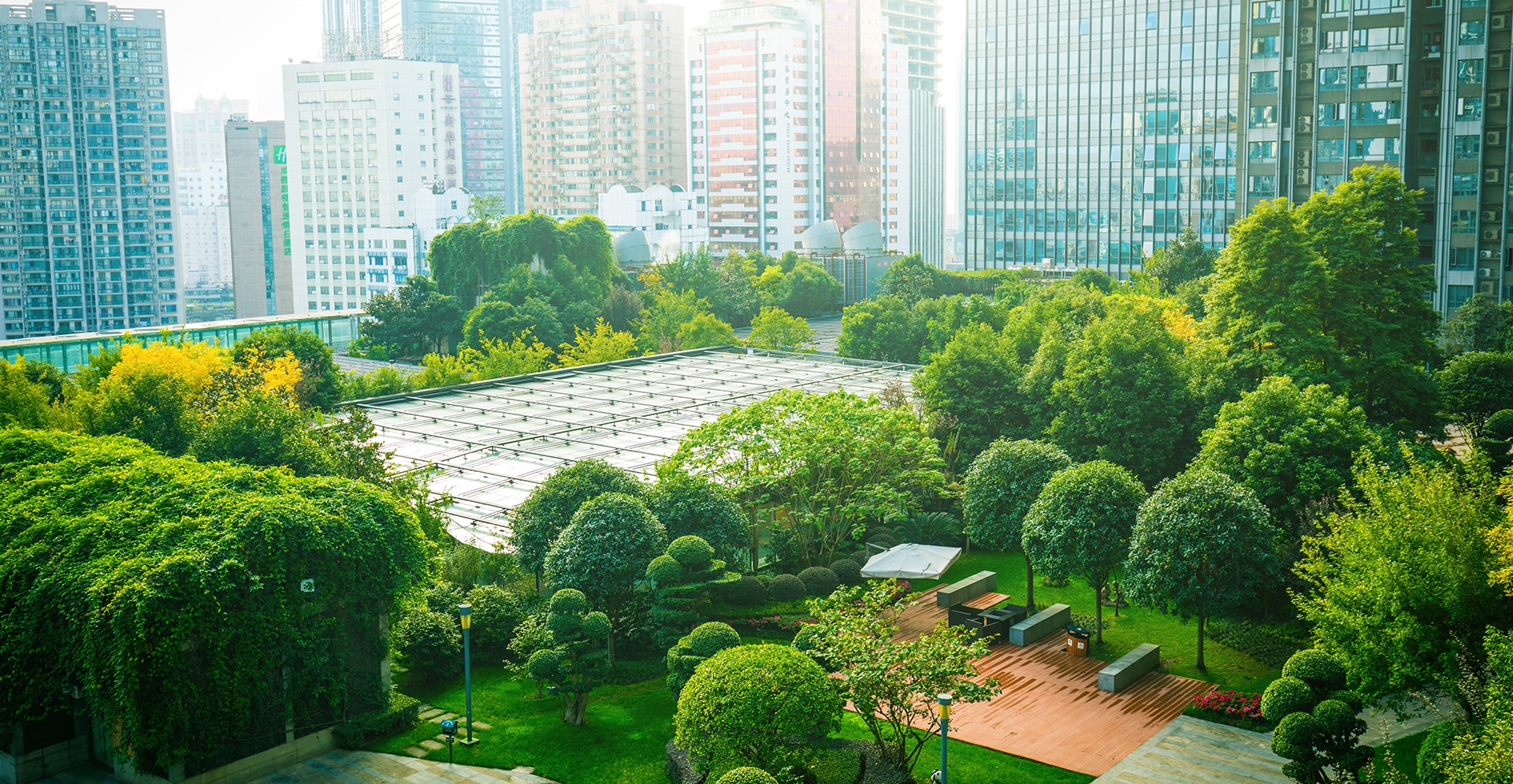Developing our cities of tomorrow
“Small, tactical interventions at the neighborhood scale have the potential to make a big impact” says Foster + Partner team in a recent report on “reimagining Our Cities post-Covid-19”. They “broadly sketch three strategies for helping London survive Covid-19 and thrive in its wake” with: garden streets, active mobility and high streets reimagined. Bruno Moser, Theo Malzieu, Paula Petkova, part of the F+P Urban Design team, see new challenges and opportunities for policy makers, designers, innovators and contractors, especially now in the pandemic era with an acceleration of commitment. An opportunity for a "global green new deal" such as that of the Reinventing Cities competition, with an initiative already launched in December 2017, long before the pandemic, which has already identified 20 winners. Several teams from Chicago, Madrid, Milan, Oslo, Paris and Reykjavík have really imagined transforming underused urban spaces into carbon neutral and resilient urban projects. A competition that has been enormously successful in defining new design strategies in order to lead urban developments that reduces greenhouse gas emissions and fight against climate change, while increasing health, wellbeing and the economic opportunities of communities.

MINUTES
You have not accepted cookies yet
Last December, the second call for applications for the C40 - Reinventing Cities competition was launched, and the general answer highlighted an even greater commitment from several communities. The initiative concerns 40 cities that connect 96 of the largest cities in the world, representing over 700 million people and a quarter of the global economy. This time the competition count twenty five underutilized sites in nine cities - Cape Town, Chicago, Dubai, Madrid, Milan, Montreal, Singapore, Reykjavik and Rome - to reinvent new developments concerning abandoned buildings, industrial sites, railways, ports and former fire stations . All project sites have been selected considering possible sustainable developments for each city and, as stated by the mayor of Milan Giuseppe Sala: the competition itself has the potential to "brings new players from both the private sector and civil society to the successful challenges of the city, from environmental to social regeneration ". That's why Reinventing Cities Milano has joined the initiative with seven sites: Loreto, Crescenzago, Scalo Lambrate, Palazzine Liberty, Ex Macello, Monti Sabini and Nodo Bovisa, in order to "strategically support the implementation of Milano 2030". This time the City of Rome also participates at the competition, and Mayor Virginia Raggi claims to see a unique opportunity "to improve the lives of citizens by restoring and redeveloping abandoned spaces" such as those of the five selected sites: Vertunni, ex Mira Lanza, ex Spinning mill, former market of Torre Spaccata and Roma Tuscolana The competition is currently in progress, has 2 phases and will conclude with the announcement of the winning projects in February 2021.
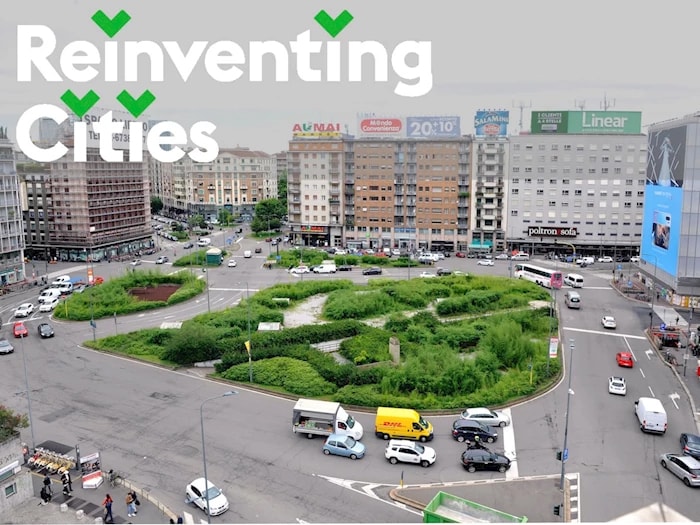
These are strong signs of a radical change in intellectual thinking that is now spreading among all stakeholders. A revolution in the vision of the city that has been actually accelerated by the Paris Agreement in 2015. The commitment made by 55 countries that generate 55 percent of our planet's global emissions in order to limit average global warming below 2 ° C. But why do our thoughts and our projects focus so much on cities? Certainly because over 50% of the world population lives in metropolises that occupy only 2% of our planet, because we recognize that we have planned our cities badly for a long period, because today we must restore them and reinvent them for collective survival. And today, at a time when our cities and our lifestyles also show a strong vulnerability to pandemics, these new transformations will concern not only a limitation of greenhouse gas emissions and a better ability to adapt to climate change, but also a resilience of the communities to respond to emergency situations themselves. All on a global scale, without forgetting those countries that have limited technologies, with a chronic housing emergency, as well as limited access to primary resources for a large part of the population.
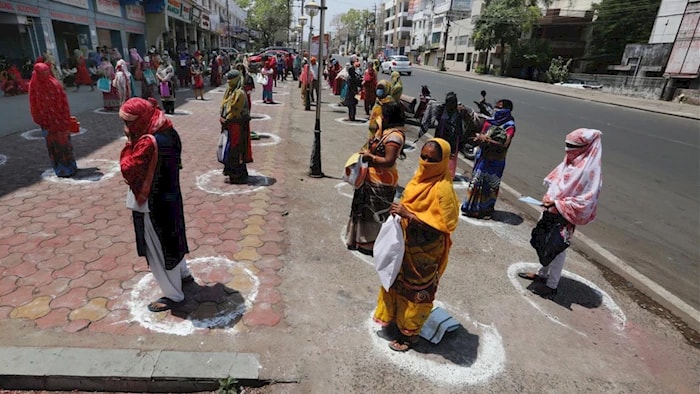
How can we make these efforts concrete and effective? How should we intervene? The solution is to adopt a new systemic vision that will surely have to concern innovation, smart buildings and smart districts with the integration between the real and the virtual, but also with the reinterpretation of the settlement models of our millennial history, such as those of Italy with its vast antropized territory, or those of Europe in a variety of stimuli from different cultures. According to Rem Khoolas "there is a need to concretely transform our living environments, making them suitable for the future that can be glimpsed, avoiding falling into the crazy nostalgia of how it was / where it was, or in the traps of impossible ideal cities. Not "repairing" the wrong parts, but "regenerating" them, "reimagining" them through a change that implies the very way of thinking about the project". For Khoolas part of the solution is the recovery of the "Countryside", the major part of the territory of the planet, now disrupted and abandoned. He tells it with the Countryside exhibition at the Guggenheim Museum in New York, currently suspended due to the pandemic, that has anyhow aroused a very strong interest.

MINUTES
You have not accepted cookies yet
Therefore, in rethinking our cities or reconnecting the rural or semi-abandoned parts of the countryside, taking inspiration from the guidelines of the Reinventing cities initiative, specific challenges can be faced for each project: those of energy efficiency and low emissions, those relating to the life cycle of construction materials, as well as those relating to low-emission mobility, resilience, adaptation to the climate and sustainable management of water resources and waste. Without forgetting the need for biodiversity, urban reforestation and agriculture, or the challenges related to social benefits and community involvement. It will also be possible to practice the excellence of the methodologies applied to design such as those sanctioned by the USGBC or by the IWBI, which already exist and are in continuous evolution. In fact, we already have many useful and supportive tools to achieve these goals, and these could be, therefore, more widespread in the practice of design.
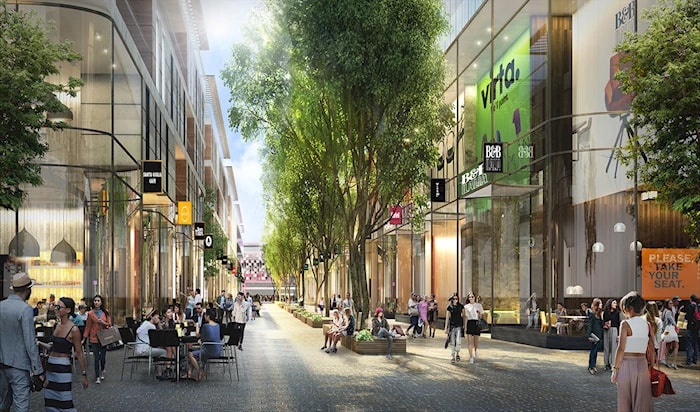
With the LEED Neighborhood Development protocol, the rating system launched in 2011 and subsequently amended by the U.S. Green Building Council, neighborhood regeneration must be certified to be truly green. It require to be scientifically defined in its urban structure and in the engineering project of the various components throughout all design phases: from conception to the executive project, up to implementation and commissioning. This certification is an urban planning tool and is complemented by the LEED BD + C certification at the level of individual buildings. It is a protocol that encourages best practices oriented to the analysis of the territory, to the choice of areas in relation to environmental conservation, considering also the real measure of carbon dioxide (CO2) emissions of project proposal themselves. It promotes the reconversion of the city through innovative green mobility, considers and weighs the relationships of new works with respect to existing ones, rewards the development of services and social functions. The rating system is divided into prerequisites and credits and, if all the requirements are met, it provides Area Certification for the benefit of all stakeholders: customers, proposers, developers and all those involved in the decision-making aspects or in the construction of a new settlement. In essence, the LEED ND protocol measures the real livability of the neighborhood. The higher the score, the higher the quality of the intervention in terms of safety and quality of life.

A complementary tool to LEED ND is now represented by the WELL Community Standard protocol, a design rating system launched in the pilot version by the International Well Being Institute in 2017. A standard that aims to improve human health at the forefront of construction and design practices , which plans state-of-the-art health and wellness interventions at the district level. The Well Community standard is organized into several concepts: air, water, nourishment, light, movement, thermal comfort, sound, materials, communities and mind, and includes strategies for addressing specific aspects of the health and well-being of community members. It differs from the LEED protocol because it provides on-site performance verification in order to allow the design certification. A protocol that represents a useful tool for those involved in urban regeneration, because it constitutes a new way of evaluating and certifying neighborhoods through a global reference point that measures the health of communities. A design method that guarantees both environmental sustainability and economic growth of the asset value in which people live and thrive.;
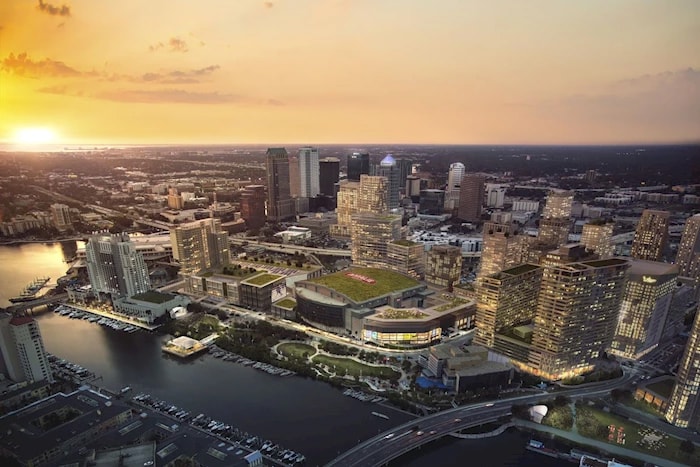
Now, to support the fight against pandemics, the IWBI has also developed new strategies to implement the WELL rating system, launching the Task Force on COVID-19 that deals with the topics of: prevention and preparation, resilience and recovery. The results of this study have been summarized in 8 key themes:
- Promote clean contact
- Improve air quality
- Maintain water quality
- Manage risk and create organizational resilience
- Support movement and comfort
- including work from home
- Strengthen the immune system
- Promote mental resilience
- Champion of resilience and community recovery
Each theme is translated into a WELL strategy which is also implemented at the community level in order to guide planning in urban developments. Indeed, to support the resilience and recovery of the community even in the event of pandemics, WELL encourages to provide spaces for community engagement and connection, capable of promoting social cohesion, community strengthening and collective trust; topics that are all related to positive results on mental and physical health. Furthermore, it defines strong local food networks to help communities and prepare them for emergencies, promoting urban farms also to tackle food insecurity on a global level. Strategies for urban-scale development such as those that indicate the need to foresee places that can be adapted to host temporary functions, such as those necessary for hospitals, schools or residences, to deal with emergencies.
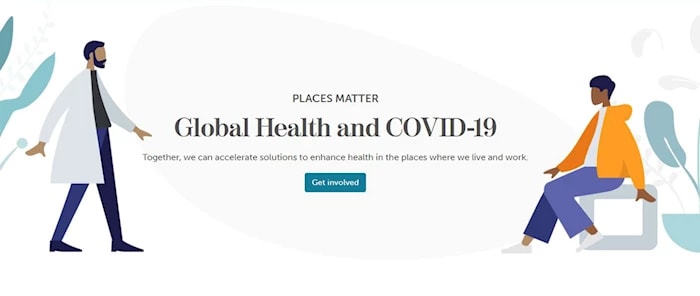
While today the password is represented by "physical distancing" to stem the risks of pandemics, solutions are also sought that instead create "social cohesion". These are in fact indispensable for the nature of man, for the characteristics he has since his birth as "homo sapiens", for his psycho-physical health as evidenced by the WELL protocol. As in the past, epidemics have often changed the face of cities, "form has always followed the fear of infection, as much as function", today it is necessary to think and redesign our cities to meet specific needs. Not only those of the pandemic, also those of climate change and environmental problems, or those of well-being. Today, in fact, the thinking of innovators, architects, urban planners and scientists is more easily understood by all stakeholders than in the past. This can be seen from the results and echo of initiatives such as those of Reinventing Cities. It is also discussed very proactively at different institutional levels. Therefore, thanks also to policy makers who play a key role in promoting change, new energies are starting to materialize to reinvent the cities of the future. The hope is that it will spread even faster! Without forgetting the biggest challenge we face, that of urban resilience, which mainly concerns the quality of the ability to survive, adapt and thrive, regardless of stress or shock. Therefore, to regenerate more robust and adaptable cities, protection measures for the most vulnerable parts will also have to be considered, all with a renewed idea of the design. No longer design for design, but the one that scientifically responds to a series of problems, the one that learns from history, from what has already been done, to build the city of tomorrow with all the excellent tools already available, to improve the human life and safeguard the planet.



